In a world of burgeoning cities and relentless digital chatter, the allure of a life untouched by the constraints of modern society is growing stronger. Off-grid living, a lifestyle that allows you to disconnect from public utilities and become self-sufficient, offers an antidote to the hustle and bustle, providing a pathway to a simpler, more meaningful existence. It’s about embracing the wild, tuning into the rhythms of nature, and enjoying the liberation that comes with independence.
However, the journey towards off-grid living is not without its challenges. It calls for a significant shift in how you interact with the world around you, necessitating careful planning, adaptability, and a healthy dose of resilience. It’s a lifestyle choice that promises immense rewards, but also demands a high degree of responsibility.
Here are some of the pros and cons to consider:
Pros of Off-Grid Living:
- Freedom from Utility Bills: Disconnecting from public utilities means no more monthly bills for water, electricity, or gas. Your energy is generated on-site, and resources like water are collected and managed independently.
- Closer Connection with Nature: Living off the grid often means living closer to nature, which can have profound benefits for mental and physical health.
- Self-Sufficiency: There’s a deep sense of satisfaction and security that comes from being able to provide for your own needs, from generating your own power to growing your own food.
- Environmental Impact: Off-grid living encourages sustainable practices and has a lower environmental impact compared to traditional living arrangements.
Cons of Off-Grid Living:
- Initial Investment: Setting up an off-grid home can require a significant upfront investment, especially in terms of land purchase and infrastructure for power generation and water supply.
- Responsibility: When you’re off-grid, you’re responsible for maintaining your systems and dealing with any problems that arise. There’s no utility company to call when the power goes out.
- Adjustment Period: Moving from a traditional lifestyle to an off-grid one can be a big adjustment, with new skills to learn and new challenges to face.
- Limited Access to Conventional Services: Depending on where you set up your off-grid home, you may have limited access to services like healthcare, shopping, and entertainment.
In this comprehensive guide, we’ll help you navigate the path towards off-grid living, covering essential topics from sourcing renewable energy to creating a sustainable food system. With the right preparation and mindset, you can transcend the challenges and reap the rewards of a life lived in harmony with nature.
1. Power Generation: Harnessing the Energy of Nature
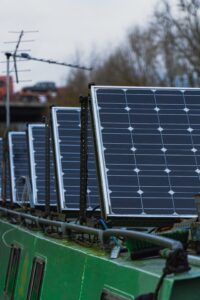

A hallmark of off-grid living is the ability to generate your own power. Not only does this free you from the constraints of utility companies and monthly bills, but it also allows you to harness renewable energy sources that are both sustainable and environmentally friendly. Let’s explore the key ways you can tap into the energy of nature for your off-grid abode.
- Solar Power: Basking in the Sun’s Energy
Solar power is perhaps the most popular method of generating electricity off the grid. The process involves installing solar panels that capture the sun’s rays and convert them into electricity. This electricity is then used to power your appliances, lights, and other electrical systems within your home.
A robust solar power system will include solar panels, a charge controller to prevent overcharging, an inverter to convert the electricity into a usable form, and a battery bank for storing excess power.
The advantages of solar power include its renewable nature, low maintenance needs, and potential for significant savings over time. The initial investment can be high, but the long-term benefits make it a worthwhile consideration.
- Wind Power: Harnessing the Breeze
Wind power is another viable option for off-grid energy generation, particularly in areas with consistent wind speeds. A wind turbine captures the kinetic energy of the wind and converts it into electricity.
Wind systems typically consist of a wind turbine, a tower to elevate the turbine to an optimal height, and a battery storage system. Like solar, wind power requires an upfront investment but can provide a steady source of renewable energy once set up.
- Hydroelectric Power: The Energy of Flowing Water
If your off-grid site has access to a river or stream, you might consider hydroelectric power. A small-scale hydroelectric system can generate a significant amount of power, but it requires specific conditions and can be more complex to set up than solar or wind systems.
A hydroelectric system uses the force of moving water to turn a turbine, generating electricity. The power output is consistent, as long as there’s a steady flow of water. However, setting up a hydroelectric system may require permits and must be done in a way that protects local aquatic ecosystems.
Balancing Your Power Generation
In reality, the most effective off-grid power systems often combine multiple energy sources. This multi-faceted approach ensures you always have a backup source of power and can take advantage of different natural resources at different times of the year.
Incorporating renewable energy into your off-grid lifestyle is more than just a practical necessity. It’s a commitment to sustainable living and a chance to reduce your carbon footprint, aligning your daily life with the rhythms of the natural world. As you make your transition to off-grid living, embrace the power of nature and the opportunities it provides to live in harmony with the environment.
2. Water Supply: Tapping into Life’s Essential Resource
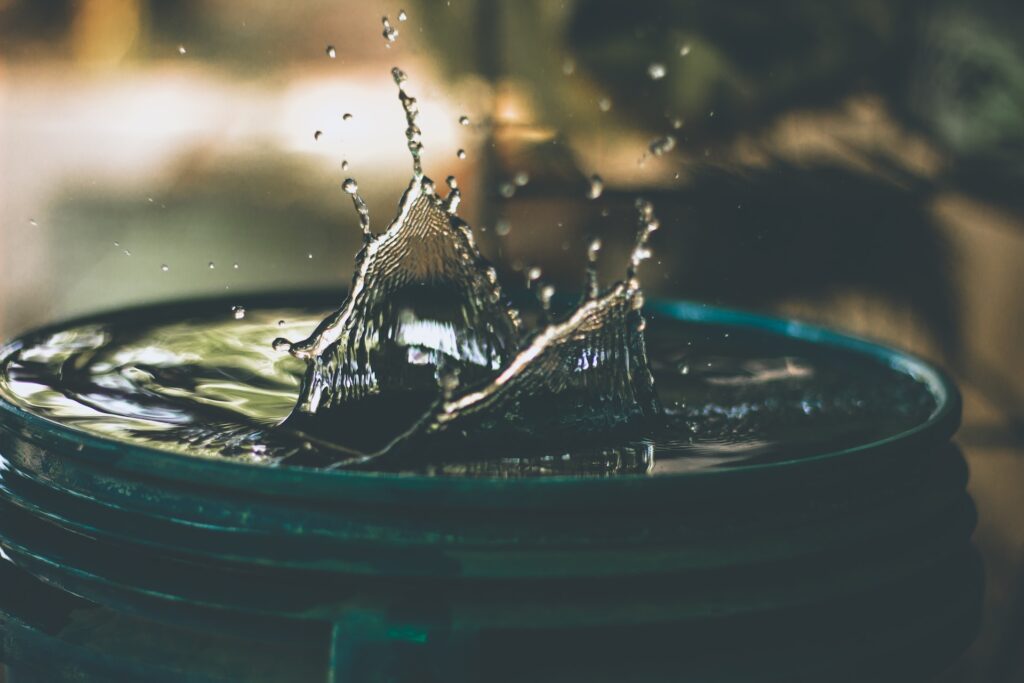

Securing a water supply is crucial for off-grid living as water is essential for not just drinking but also cooking, cleaning, and possibly irrigation. Here are several ways you can secure a water supply:
- Rainwater Harvesting: This involves collecting rainwater from your roof or other hard surfaces and storing it in a tank for later use. Rainwater harvesting systems can be relatively simple to set up, and they provide a renewable source of water that’s especially useful in areas with sufficient rainfall. However, the amount of water that can be collected is dependent on local weather conditions and the size of the collection area. Also, it’s important to note that some regions have regulations around rainwater collection, so it’s necessary to check local laws.
- Wells: Wells are a traditional method of obtaining water, especially in rural areas. A well taps into the groundwater for a fairly reliable source of water. The depth of the well depends on the water table in the area. It’s important to note that drilling a well can be a significant undertaking, potentially requiring professional assistance and local permits.
- Natural Springs and Streams: If your property has access to a natural spring or stream, this could provide a consistent source of water. It’s crucial, however, to ensure the water is safe for consumption, which typically involves regular testing and treatment.
- Water Delivery: For those in more remote areas or places where the above methods aren’t viable, having water delivered by truck and stored in a large cistern is an option. While this method can provide a substantial amount of water, it does rely on a functioning supply chain, which may not align with some people’s off-grid self-sufficiency goals.
Regardless of the source, it’s important to treat and filter the water to ensure it’s safe for consumption. There are a variety of water purification methods ranging from boiling and chemical treatment to filtration systems.
Water conservation is also an essential aspect of off-grid living. The off-grid lifestyle often involves a more mindful and efficient use of resources, and water is no exception. Here are a few strategies for conserving water:
- Efficient Fixtures: Using low-flow faucets, showerheads, and toilets can significantly reduce water consumption.
- Greywater Systems: Greywater is water that’s been used in sinks, showers, and washing machines. It can be recycled for uses that don’t require potable water, such as flushing toilets or irrigating plants.
- Mindful Use: Simple habits like turning off the tap while brushing teeth or washing dishes by hand can add up to significant water savings over time.
- Composting Toilets: Traditional toilets use a large amount of water. Composting toilets, on the other hand, use little to no water and have the added benefit of producing compost that can be used to enrich soil.
- Drought-Tolerant Landscaping: Choosing plants that require less water for your garden or landscape can reduce the need for irrigation.
Water conservation not only ensures a more sustainable and responsible use of this vital resource but can also significantly reduce the energy and infrastructure needed for water heating and pumping, aligning with the broader goals of off-grid living.
3. Shelter: Your Off-Grid Haven
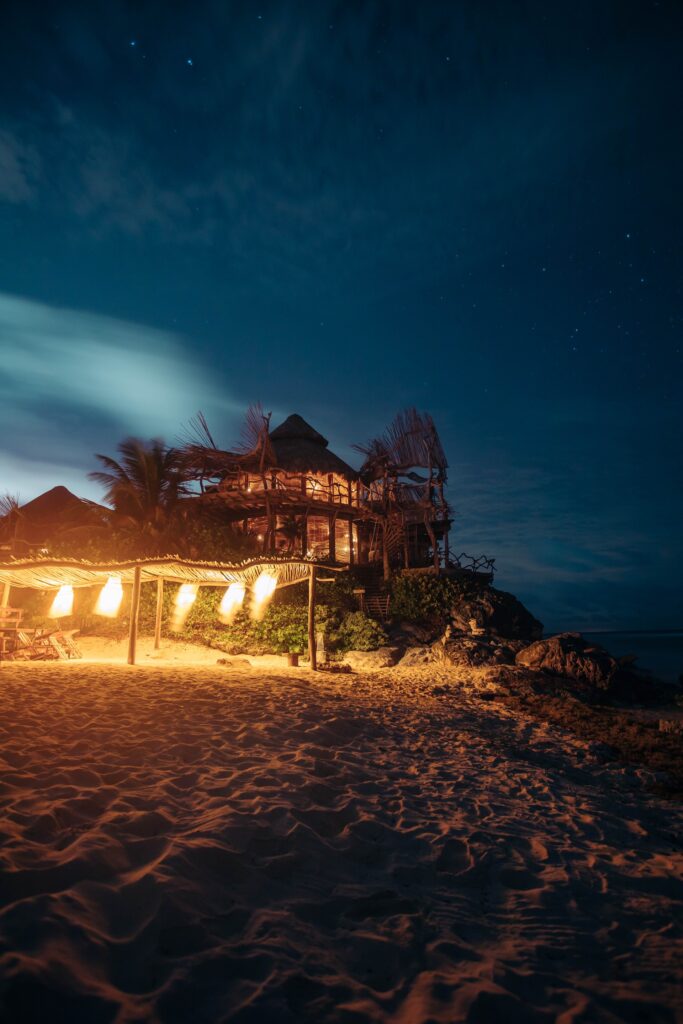

Shelter is one of the fundamental human needs, and in an off-grid context, it can take various forms, each with its unique benefits and challenges. Here are some common off-grid housing options:
- Traditional Homes: Traditional homes, including log cabins and cottages, can be adapted for off-grid living. Depending on the design and materials used, these structures can offer excellent insulation and durability. However, building a traditional home off-grid can be a significant undertaking, requiring substantial resources and construction skills.
- Tiny Homes: Tiny homes are a popular choice for off-grid living due to their reduced footprint and cost. These homes can be built to be incredibly energy-efficient and often include creative space-saving designs. They’re also often mobile, offering the flexibility to move your home if needed.
- Earthships: Earthships are sustainable homes made of natural and recycled materials such as earth-packed tires, cans, and bottles. They’re designed to be highly energy-efficient, using passive solar heating and cooling, and often include integrated systems for water harvesting and food production.
- Yurts: Originating from Central Asia, yurts are a type of portable, round tent covered with skins or felt. Modern yurts can be quite comfortable and are relatively easy to set up and dismantle, making them a good choice for those looking for a mobile or temporary off-grid housing solution.
- Shipping Container Homes: Repurposed shipping containers can provide a sturdy and relatively inexpensive base for an off-grid home. They can be modified in numerous ways and can be stacked or arranged to create larger, multi-container homes.
- RVs and Vans: For those seeking ultimate mobility, living off-grid in a modified van or RV can provide the freedom to travel while maintaining the comforts of home. These homes-on-wheels require careful planning to maximize space and incorporate necessary amenities, including small kitchenettes, sleeping areas, and sometimes even bathrooms.
When choosing a housing option, it’s important to consider factors like local climate, available resources, and personal needs and skills. Regardless of the type of shelter, energy-efficient design is crucial for off-grid living. This can include:
- Insulation: Proper insulation reduces the need for energy-intensive heating and cooling.
- Solar Design: Passive solar design, such as orienting your home to take advantage of sunlight for heating and natural lighting, can significantly reduce energy needs.
- Energy-Efficient Appliances: Choosing appliances that use less energy can lower power consumption.
- Natural Materials: Using natural, locally-sourced building materials can reduce the environmental impact of your home’s construction.
By focusing on sustainable and energy-efficient housing, you can create a comfortable off-grid haven that aligns with your values and lifestyle.
4. Food Production: Cultivating Self-Sustainability
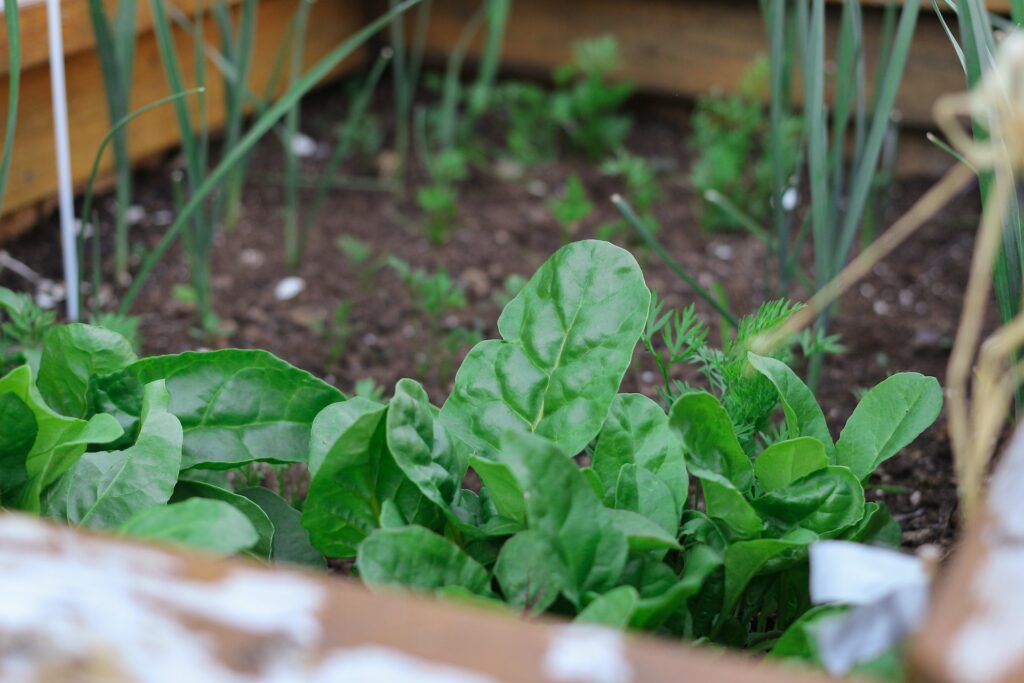

Food is another essential part of life, and when living off-grid, self-sufficiency in food production becomes crucial. There are numerous ways to grow and preserve food while living off-grid.
Growing Your Own Food: Cultivating your own fruits, vegetables, herbs, and grains can provide a fresh, healthy, and sustainable food supply. Many off-gridders opt for permaculture, a system of agricultural design that works with nature, rather than against it, to create highly productive and sustainable gardens. Techniques can range from traditional row gardening to raised beds, container gardening, or even vertical gardening if space is limited.
Raising Livestock: Depending on the size of your land and local regulations, raising animals can be another way to produce food. Chickens can provide eggs, cows and goats can provide milk (which can be turned into cheese, butter, yogurt), and animals like pigs and rabbits can provide meat. Remember, raising animals requires a significant commitment of time and resources, but it can be a rewarding part of the off-grid lifestyle.
Foraging and Hunting: Depending on your location, you may have access to wild foods like berries, mushrooms, game, and fish. Foraging and hunting require knowledge of local species and regulations, but they can be an exciting way to supplement your diet and connect with your environment.
Preserving Food: When living off-grid, it’s important to preserve excess food for times when fresh food may not be available. This can be done through canning, dehydrating, fermenting, pickling, or freezing (if you have a power source for a freezer).
Indoor Gardening: In colder climates or during winter months, indoor gardening can be a way to continue to produce food. This can be as simple as a windowsill herb garden or as complex as a hydroponic system.
The importance of self-sustainability in food production can’t be overstated. Being able to produce your own food reduces reliance on grocery stores, which may be far away or inaccessible. It also reduces the carbon footprint associated with transporting food long distances.
Moreover, producing your own food gives you control over what goes into your body. You can grow organic produce and raise animals humanely without the use of harmful chemicals or antibiotics. Plus, there’s a unique satisfaction and deep connection to the earth that comes from eating food you’ve grown yourself.
By incorporating these methods into your off-grid lifestyle, you can take another significant step towards self-sufficiency and sustainability.
5. Power Storage: Safeguarding Your Energy Supply
Living off the grid typically involves producing your own power, and that means you’ll need a way to store that power for times when production is low or demand is high. This is where power storage systems come into play. Here’s more on why they’re important and some of the pros and cons:
- The Importance of Power Storage: Power storage systems allow you to store excess energy produced during the day for use during the night or during periods of low power generation. They provide a buffer against fluctuations in energy production, ensuring that you always have power when you need it. This is particularly important for renewable energy sources like solar and wind, which can be intermittent.
- Battery Storage Systems: The most common type of power storage for off-grid living is battery storage. These systems consist of a bank of batteries that store electricity, along with a charge controller to manage the flow of electricity into the batteries, and an inverter to convert the stored DC power into AC power for use in your home.
- Benefits of Battery Storage: Battery storage systems can provide reliable, consistent power, and modern batteries can store a significant amount of electricity. They can also be scaled to fit your needs, from small systems for a tiny house to large setups for a family home.
- Drawbacks of Battery Storage: The main drawback of battery storage is cost. High-quality batteries can be expensive, and you may also need to replace them every few years, depending on the type of battery and how you use it. Additionally, batteries require careful management to ensure they’re not overcharged or discharged too much, both of which can shorten their lifespan.
- Alternative Storage Methods: While batteries are the most common storage method, there are alternatives. Some off-gridders use gravity-fed water systems or mechanical devices like flywheels for energy storage. However, these methods are typically less efficient and more complex than battery storage.
6. Climate Control: Balancing Comfort and Sustainability
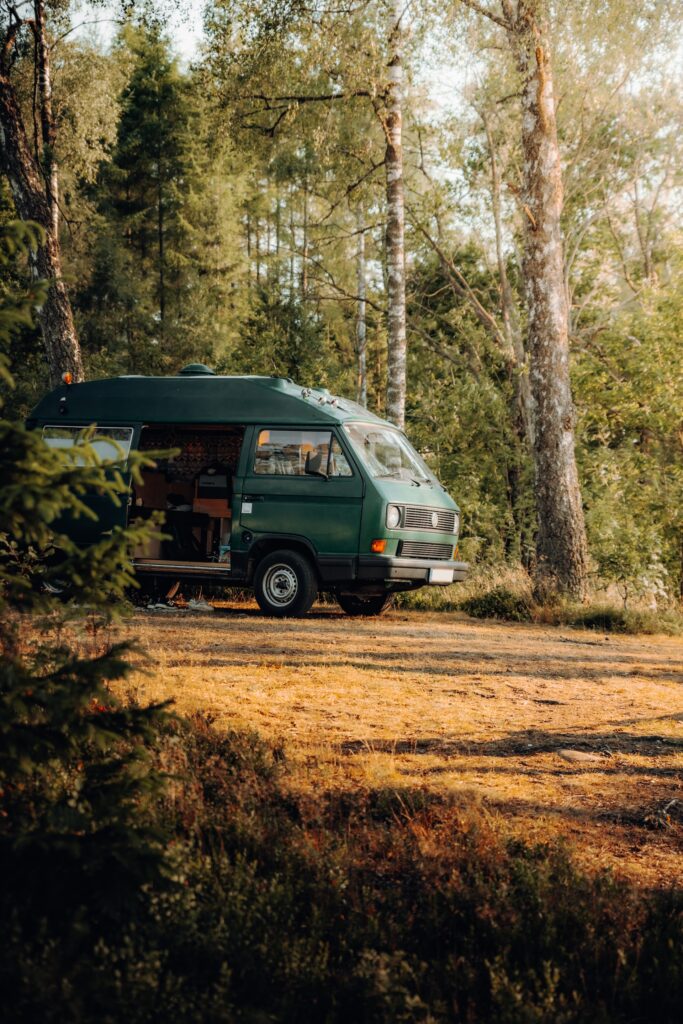

When living off-grid, balancing your comfort with sustainability is crucial, and nowhere is this more evident than in heating and cooling your home. Traditional heating and cooling systems can be energy-intensive and impractical for off-grid living, but there are plenty of sustainable options to keep your home comfortable year-round.
Heating: One of the most popular options for heating in an off-grid home is a wood stove. Not only can a wood stove provide warmth during the cold months, but it can also be used for cooking and heating water. If you have access to a steady supply of wood, this can be an efficient and cost-effective heating solution. Other options include propane heaters, solar heaters, and in some cases, geothermal systems, which utilize the stable temperatures underground to heat your home.
Cooling: When it comes to cooling, one efficient option for off-grid homes is solar-powered fans. These fans use the power of the sun to circulate air and cool your living space. Small solar air conditioning units and evaporative coolers, also known as swamp coolers, can also be effective in certain climates.
Passive Heating and Cooling: Beyond these active systems, passive heating and cooling strategies can significantly contribute to maintaining comfortable temperatures in your home while minimizing energy use. This involves designing and orientating your home to take advantage of natural sunlight and shade. In the winter, you can let in more sunlight to naturally heat your home, and in the summer, you can use shades and blinds to block out the sun and keep your home cool. Good insulation is also crucial to keep your home warm in winter and cool in summer.
By combining these methods, you can create a comfortable and sustainable living environment off-grid. Remember, the key to successful off-grid living is working with nature, not against it. By understanding your local climate and using it to your advantage, you can maximize your comfort while minimizing your environmental impact.
7. Waste Disposal: Managing Life’s Unavoidable Byproduct
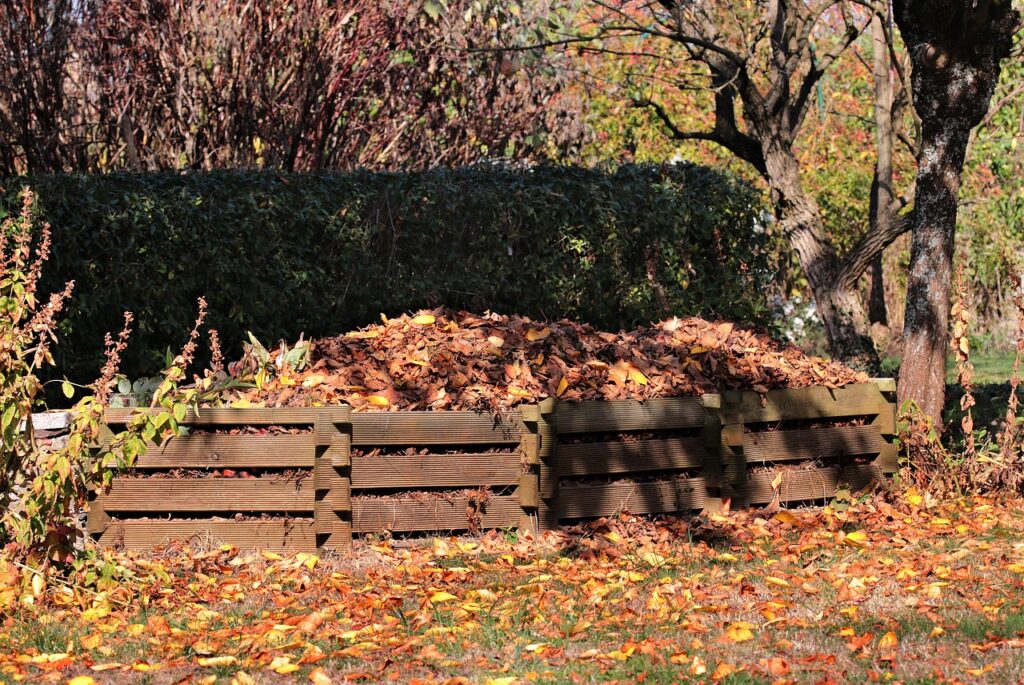

Living off-grid doesn’t mean escaping the realities of waste management. Indeed, waste disposal becomes an even more critical aspect of daily life when you’re disconnected from public utilities. Luckily, there are several effective and environmentally friendly ways to manage waste in an off-grid lifestyle.
Composting: One of the most common and sustainable ways of dealing with organic waste off-grid is composting. By setting up a composting system, you can turn kitchen scraps, yard waste, and even certain types of paper into rich, fertile compost that can benefit your garden. This not only reduces the amount of waste you need to dispose of, but also provides a continuous supply of nutrient-rich soil for your food production efforts.
Composting Toilets: For human waste, composting toilets are a popular option. These toilets convert human waste into compost through a biological process. They’re typically waterless (or use very little water), which not only conserves water but also eliminates the need for a sewage connection. They’re especially suited for tiny houses and remote areas where conventional septic systems aren’t feasible.
Septic Systems: A more traditional option for managing wastewater off-grid is a septic system. A septic tank stores and breaks down waste, allowing the remaining water to be safely dispersed into a drain field. Septic systems can be more costly and require more space than composting toilets, but they’re a robust and long-lasting solution for off-grid waste management.
Trash Management: Lastly, for non-biodegradable waste, consider reducing, reusing, and recycling as much as possible. Living off-grid is a great opportunity to minimize your consumption and waste production. For the unavoidable waste, proper disposal is important. This might mean taking your trash to a local waste management facility or hiring a waste removal service.
When planning your off-grid waste management, it’s essential to comply with local and federal waste disposal regulations. This not only protects the environment but also ensures the health and safety of you and your family.
By implementing these waste disposal methods, you can maintain a clean and environmentally friendly off-grid homestead. Remember, effective waste management is not only about disposing of waste but also about reducing waste and reusing materials whenever possible. With careful planning and responsible practices, managing life’s unavoidable byproduct becomes a manageable part of off-grid living.
8. Communication & Security: Staying Connected and Safe


Living off-grid often means being physically isolated from the rest of society. While this can be one of the great appeals of this lifestyle, it also brings up two critical considerations: communication and security. Both are vital to maintaining your safety, peace of mind, and connection to the outside world.
Communication Systems: Communication is essential, especially in case of emergencies. Reliable cell service may not always be available in remote locations, but that doesn’t mean you’re cut off from the world. There are several options to consider:
- Satellite Phones: These devices can make calls from virtually anywhere in the world, as they rely on satellites rather than cell towers. They can be expensive, but for those living in very remote areas, they can be a lifeline.
- Landlines: If you’re within reach of a phone company’s infrastructure, installing a landline can be a reliable way to stay connected. It’s also a good backup if cell service is unreliable or nonexistent.
- Two-Way Radios: For shorter-range communication, such as with neighbors or family members on your property, two-way radios can be very useful. They’re portable, require no infrastructure, and work even when power is out.
Security Measures: Living off the grid doesn’t exempt you from security concerns. Depending on your location, you may need to protect your property from wildlife or intruders. Here are some security measures to consider:
- Security Cameras: Whether powered by your off-grid energy system or battery-operated, security cameras can provide a visual deterrent to would-be intruders and help you monitor your property.
- Motion Sensors: These can be used to trigger lights or alarms, further deterring potential intruders.
- Fencing: A good fence can keep out both two-legged and four-legged intruders. It can also help contain livestock and pets.
- A Good Dog: Never underestimate the deterrent effect of a loyal dog. They can warn you of potential threats and help protect your homestead.
By prioritizing communication and security, you can enjoy the freedom and independence of off-grid living while also ensuring your safety and peace of mind. Remember, being off-grid doesn’t mean being cut off. You can maintain important connections to the outside world and protect your haven from potential threats.
9. The Off-Grid Mindset: Embracing a Life of Independence
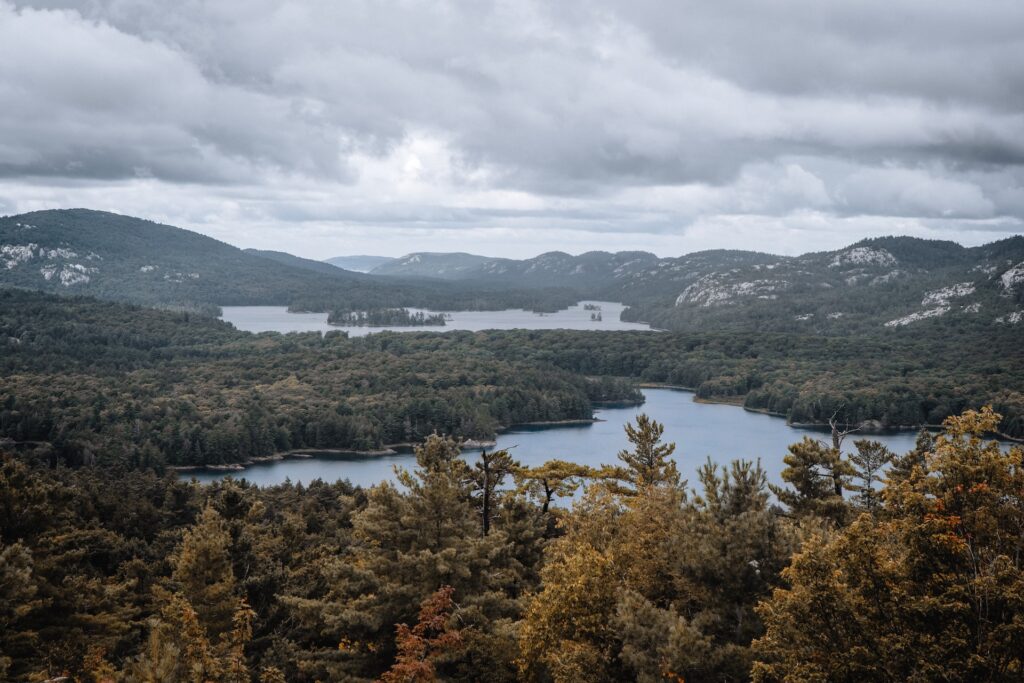

Choosing to live off-grid is more than a lifestyle choice; it’s a mindset. The appeal of independence, self-sustainability, and a closer connection to nature can be compelling, but it’s essential to understand that this lifestyle requires a particular psychological approach.
Hard Work: Off-grid living isn’t for the faint of heart. It requires a great deal of work, from building and maintaining your home, to managing your resources, to producing your food. There’s a satisfaction that comes from this hands-on lifestyle, but it’s crucial to be prepared for the physical and mental effort required.
Commitment: The off-grid lifestyle is a long-term commitment. You’re not just choosing a place to live, but a way of life. This requires dedication and persistence. There will be challenges and setbacks, but with commitment, these can be overcome.
Motivation: What drives you to live off-grid? Is it a desire for independence, a wish to reduce your environmental footprint, a love of nature? Keeping your motivations at the forefront can help you push through the inevitable challenges that arise.
Adaptability: Off-grid living requires a high degree of adaptability. Conditions can change rapidly, and unexpected issues can arise. The ability to adapt, to learn new skills, and to problem-solve is vital.
Self-reliance: At the heart of the off-grid lifestyle is self-reliance. You’re responsible for meeting your needs, from food and water to power and shelter. This requires a broad skillset and a willingness to learn and do things yourself.
Embracing the off-grid mindset is about more than just surviving; it’s about thriving. It’s about taking responsibility for your life and resources, cherishing your connection with nature, and finding satisfaction in a life of independence and self-sustainability. It’s not always an easy path, but for those with the drive and determination, it’s a deeply rewarding one.
10. Transitioning to Off-Grid Living: A Gradual Journey Towards Independence
Switching from a conventional lifestyle to off-grid living is not an overnight process. It requires significant planning, preparation, and a willingness to embrace a new way of living. Here’s a guide on how to gradually transition to off-grid living:
- Research and Planning: The first step towards off-grid living is educating yourself about what it entails. This includes understanding the different aspects of off-grid living that we’ve discussed, such as power generation, water supply, shelter, food production, and waste disposal. It’s also important to research local laws and regulations related to off-grid living.
- Assessing Your Needs: Once you understand what off-grid living entails, the next step is to assess your personal needs. This includes determining your energy needs, water consumption, and the type of shelter you prefer. It’s also crucial to consider your dietary needs for food production.
- Skills Acquisition: Living off-grid often requires a new set of skills. These might include gardening, carpentry, electrical work, plumbing, and more. You can acquire these skills through formal education, online courses, or hands-on practice.
- Gradual Transition: Many people find it helpful to transition to off-grid living gradually. This might mean starting by growing a portion of your own food, then installing solar panels for part of your energy needs, and finally moving to a fully off-grid home. This allows you to learn and adapt as you go.
- Financial Planning: Transitioning to off-grid living requires a financial investment. This might include the cost of land, building or modifying a home, installing energy and water systems, and more. It’s important to plan for these expenses and save accordingly.
- Embracing the Off-Grid Mindset: Finally, transitioning to off-grid living requires a shift in mindset. This includes embracing self-reliance, sustainability, and a simpler way of living. It’s important to be prepared for the challenges and rewards that come with this lifestyle.
Transitioning to off-grid living can be a rewarding journey that leads to a more sustainable and self-reliant lifestyle. By taking it step by step and planning carefully, you can make the transition smoothly and successfully.









Leave a Reply